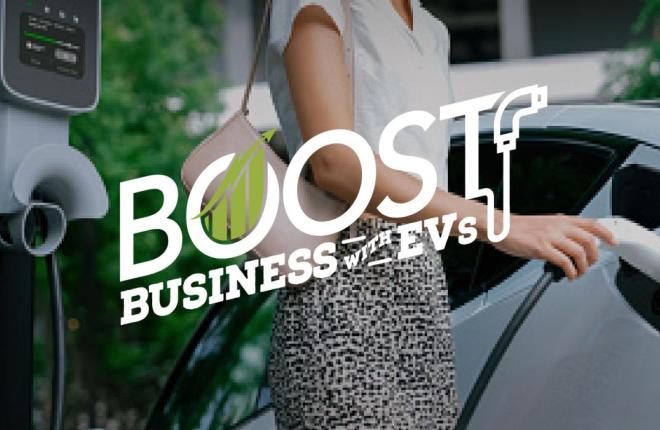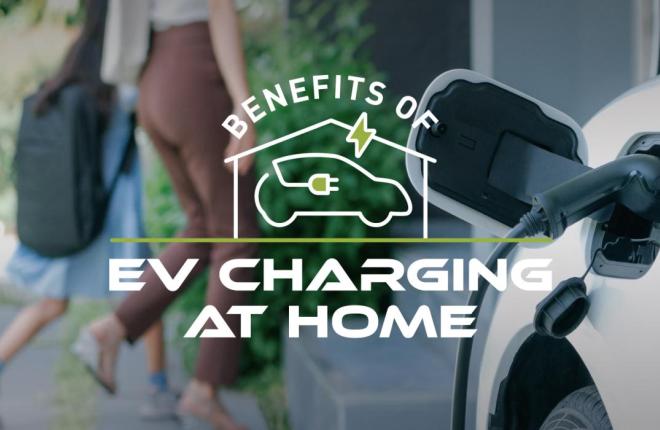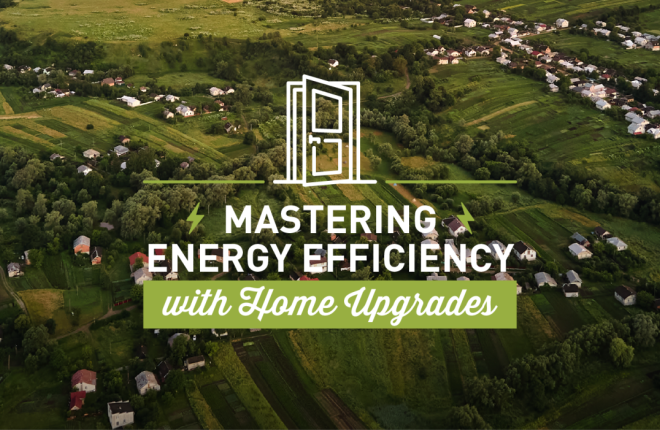
8/31/2021
Merging Smart Technology and Energy Efficiency in Schools
The use of smart and energy-efficient technology in school buildings is a topic that has been debated for decades. It's no surprise then, that as the world becomes more connected and digital, classrooms are using emerging technologies to provide meaningful learning experiences while being energy-efficient.
There are many new technologies in play around energy use, climate control and other key areas of building management.
Clean Energy Technology in Schools
New tools exist that help make schools function more efficiently while keeping the environment comfortable for teachers and students. Such technologies include:
Energy Efficient HVAC Systems
Air source and ground source heat pumps implement energy-efficient heating and cooling. Smart HVAC controls can limit consumption in unoccupied parts of a building and reduce energy use when demand is at its peak. Certain air-source systems can also help a school increase climate comfort year-round, and offer air conditioning in spaces where none was previously available.
Upgrading lighting, heating, and cooling are simple ways to increase energy efficiency. These areas typically have the highest energy consumption, and where the return on the investment is easily measured.
Smart HVAC systems can remotely monitor and control humidity, temperature, indoor air quality, and check the level of carbon dioxide and other pollutants. They can also be used to determine which areas in a building need the most cleaning.
Energy rebates provided by electric co-ops and supported by Tri-State make upgrades and newer HVAC systems a reality. For example, Empire Electric’s $48,000 rebate check to Kemper Elementary School of Montezuma-Cortez RE-1 School District allowed them to upgrade their system.
In Nebraska, Sioux County School District recently completed a heating, ventilation, and air conditioning (HVAC) upgrade and LED lighting system project at its high school that created a more comfortable learning environment. The upgrade is expected to generate energy efficiency cost savings for the next 15 years.
LED Lighting
Schools are also adopting cleaner energy sources by replacing incandescent bulbs with energy-efficient LEDs in classrooms and in larger meeting areas. Smart lighting controls use motion sensors and longer-lasting bulbs to reduce maintenance and deliver on specific lighting needs.
LED lighting has been shown to virtually eliminate migraines, eye strain, and fatigue associated with flickering fluorescent lights so many schools have. LED light is often more comfortable for students who are hypersensitive to sound or light in special needs circumstances.
Electric School Buses
Electric school buses are making their debut on the market by helping reduce emissions, fuel use, and maintenance while improving safety and reliability.
The environmental aspect of electric buses will drive their adoption. West Grand School District in Kremmling, Colo., acquired an electric bus through grants from Colorado’s Regional Air Quality Council (RAQC) and support from Mountain Parks Electric and Tri-State. The funds covered the cost of the bus and a charging station.
Tri-State CEO Duane Highley said school buses are an ideal EV solution because they charge at night, when electric demand is low, and operate a predictable route that eliminates range anxiety, the concern that a charge won’t last the distance.
Smart Technology in the Classroom
Teachers in all levels of education have been adopting the use of interactive intelligent boards, projectors, and smart notebooks. And their students learn with the use of tablets and phones for studying, storing, and transferring files.
Interactive presentations using smartboard technology provide an enhanced and engaging learning opportunity. For example, interactive whiteboards allow the instructor to illustrate a concept with photos, maps, graphs, flowcharts, and animated videos.
Another benefit of smart classroom technology - conservation of paper, pens, pencils, and printer waste.
In today's technologically-driven world, it is becoming easier to use smart technology to be more energy efficient. Schools are pioneering energy innovations that will save money on utilities and support a cleaner grid for the future.
Electrify and Save™
--
About Tri-State
Tri-State is a power supply cooperative, operating on a not-for-profit basis, serving electric distribution cooperatives and public power district member-owners in four states. Together with our members, we deliver reliable, affordable and responsible power to more than a million electricity consumers across nearly 200,000 square miles of the West. Visit www.tristate.coop.
Blog Posts

Protecting Your Home Year-Round from Wildfires

Summer Backpacking: Solar Power, Energy Efficiency, and the Best States to Visit

Beat the Chill: Effective Insulation Strategies for Winter Comfort

Energy Efficient Heating Options for Rural Communities in the West

Energy Efficient Tips for Outdoor Fall Entertaining

Boost Your Business with EV Charging

The Benefits of Having Your Own EV Charger at Home

Geothermal Heat Pumps: Harnessing Earth's Energy for Your Business

